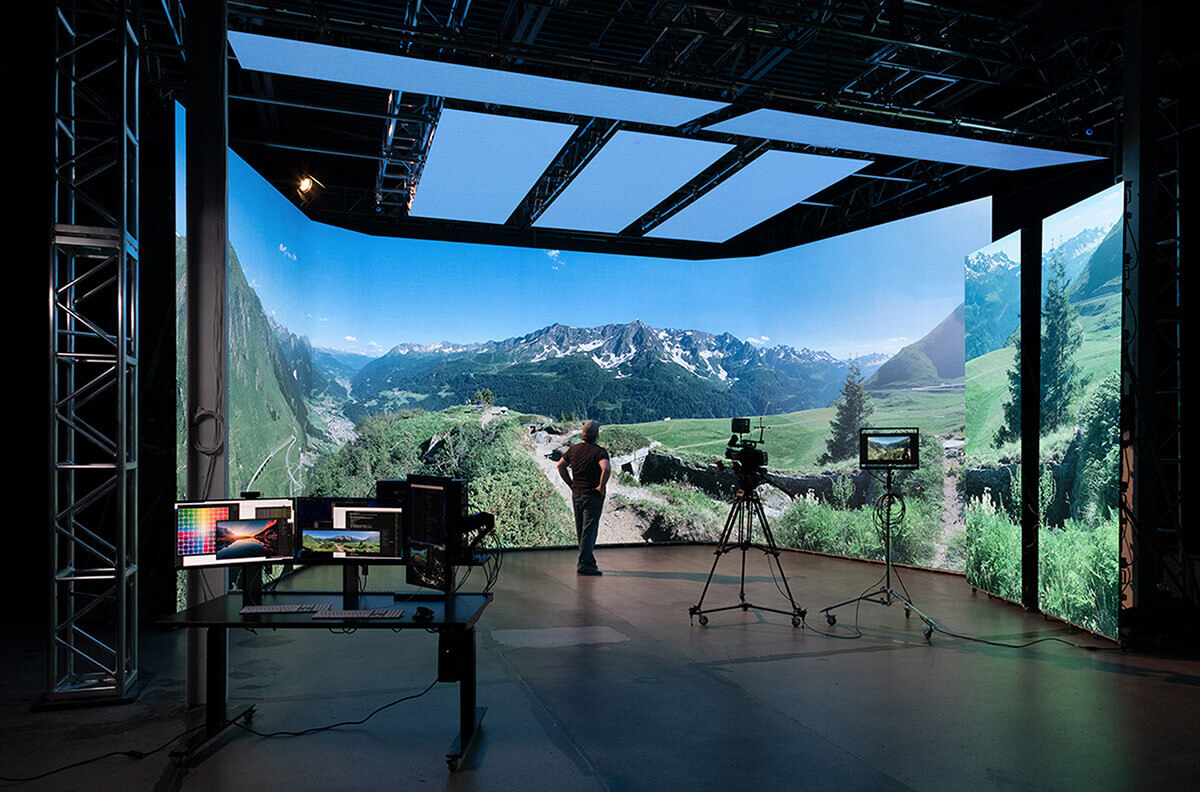Sustainability in Media Production
Sustainability has become a crucial consideration across industries, including media production, as businesses and content creators increasingly prioritize environmental responsibility and ethical practices. In the realm of media production, which encompasses film, television, advertising, and digital content creation, sustainability initiatives are driving significant changes to reduce carbon footprints, minimize waste, and promote eco-friendly practices. In this article, we explore the importance of sustainability in media production, key initiatives being implemented, and the future outlook for environmentally conscious media creation.
Importance of Sustainability in Media Production
Media production traditionally involves substantial resource consumption, energy use, and waste generation. As awareness of environmental issues grows, stakeholders in the industry are recognizing the importance of adopting sustainable practices to mitigate ecological impacts and contribute to global efforts in environmental conservation. Sustainable media production aims to balance creative expression with environmental stewardship, ensuring that content creation does not come at the expense of the planet.

Green Filmmaking Practices
Green filmmaking practices encompass a range of strategies aimed at reducing the environmental impact of film and television production. These practices include:
- Energy Efficiency: Using energy-efficient lighting, equipment, and vehicles to minimize energy consumption during shoots.
- Renewable Energy: Transitioning to renewable energy sources such as solar and wind power to power production facilities and equipment.
- Carbon Offsetting: Offsetting carbon emissions generated during production through investments in carbon reduction projects, such as reforestation or renewable energy initiatives.
Sustainable Set Design and Materials
Sustainable set design focuses on using environmentally friendly materials and reducing waste throughout the production process. Examples include:
- Reusable Props and Sets: Designing props and sets that can be reused across productions to minimize waste and resource consumption.
- Recycled Materials: Incorporating recycled materials and eco-friendly alternatives for set construction, costumes, and props.
- Waste Management: Implementing effective waste management practices, including recycling and composting, on set to reduce landfill waste.
Eco-Friendly Production Logistics
Optimizing production logistics plays a critical role in achieving sustainability goals:
- Local Sourcing: Sourcing equipment, props, and services locally to reduce transportation-related emissions and support local economies.
- Virtual Production: Embracing virtual production techniques, such as digital sets and virtual reality, to minimize physical production footprints and travel requirements.
Ethical Content Creation and Representation
Sustainability in media production extends beyond environmental considerations to encompass ethical content creation and representation:
- Diverse and Inclusive Storytelling: Promoting diversity, equity, and inclusion in storytelling to reflect diverse perspectives and amplify marginalized voices.
- Social Responsibility: Addressing social issues and promoting positive societal change through responsible and impactful storytelling.
Industry Collaboration and Certification
Industry organizations and initiatives are driving sustainability efforts in media production through collaboration and certification programs:
- Green Production Guides: Providing resources and guidelines for sustainable filmmaking practices, including best practices and case studies.
- Certification Programs: Recognizing productions that adhere to sustainable standards through certification programs such as the Green Seal for Sustainable Production.
Future Outlook for Sustainable Media Production
The future of sustainable media production looks promising as technology advances and awareness of environmental issues continues to grow. Key trends and innovations include:
- Technological Innovations: Advancements in renewable energy solutions, energy-efficient equipment, and digital technologies that further reduce environmental impacts.
- Regulatory Compliance: Increasing regulatory requirements and industry standards for sustainable production practices.
- Consumer Demand: Growing consumer preference for eco-friendly and socially responsible content, driving industry-wide adoption of sustainable practices.
Conclusion
Sustainability is increasingly becoming a cornerstone of media production, shaping how content is created, consumed, and perceived by audiences worldwide. By embracing sustainable practices—from green filmmaking techniques and eco-friendly set design to ethical content creation and industry collaboration—media producers can play a pivotal role in promoting environmental stewardship and driving positive change in the industry. As sustainability continues to evolve from a trend to a necessity, the media production landscape will continue to innovate and adapt, paving the way for a more sustainable and responsible future.